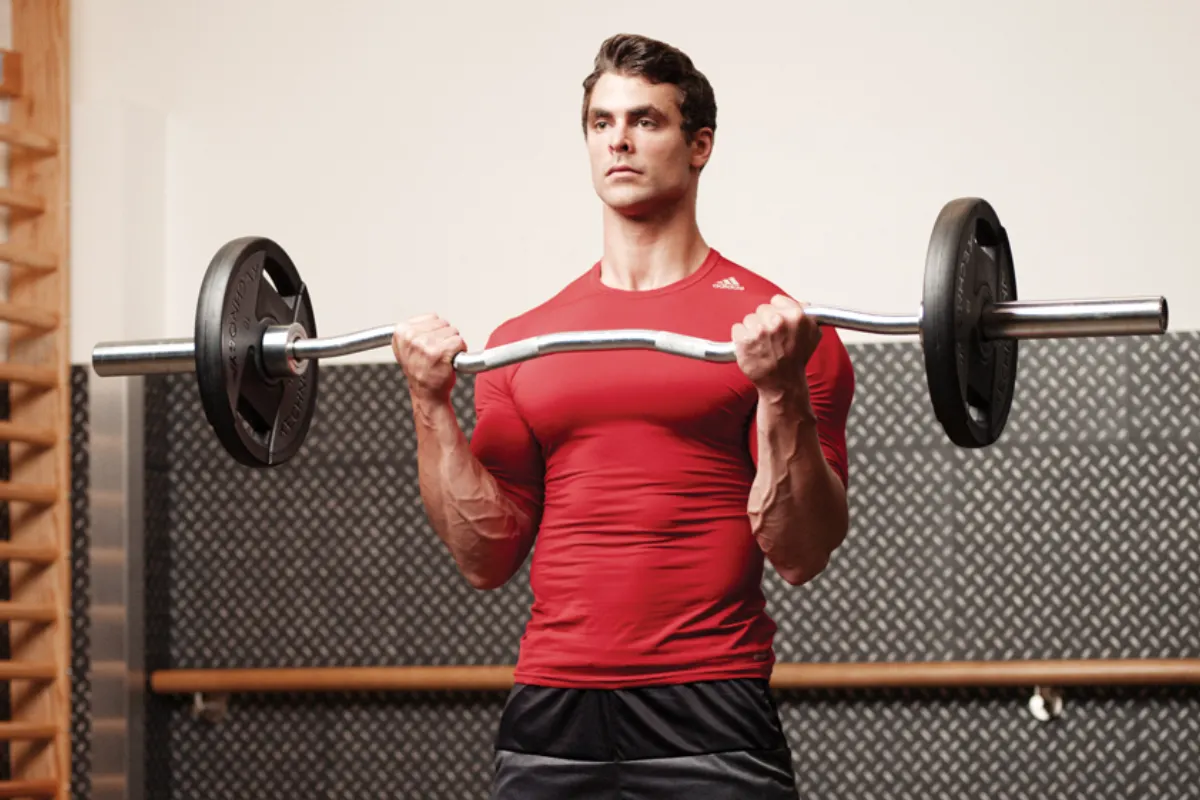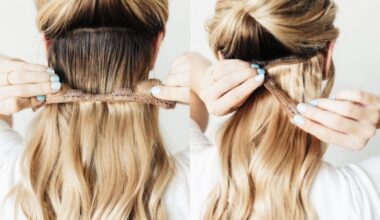developing strong and impressive arm muscles. However, not all biceps curl variations are created equal. One crucial factor that often gets overlooked is the concept of the strength curve. Understanding the strength curve of a biceps curl exercise is vital to optimize muscle activation and growth. In this article, we will explore the different types of strength curves and identify which one most accurately represents a biceps curl exercise for achieving the best results.
you should also read; How to lose weight in less than two weeks
What is a Strength Curve?
Before we delve into biceps curls, let’s clarify what a strength curve is. The strength curve represents the variation in muscle force during different points of a specific exercise’s range of motion. In other words, it demonstrates how much force a muscle can produce at various joint angles.
Strength curves typically fall into three categories: ascending, descending, and bell-shaped.
Ascending Strength Curve:
In this type, the exercise becomes easier as the joint angle increases. The muscle’s strength improves as it moves toward its fully contracted position. A common example of this is the leg press, where the quadriceps exert more force as the knees extend.
Descending Strength Curve:
In contrast, the exercise becomes harder as the joint angle increases. The muscle’s strength decreases as it moves toward its fully contracted position. A good example of this is the lat pulldown, where the biceps are less engaged at the end of the movement.
Bell-Shaped Strength Curve:
This type represents a combination of the ascending and descending curves. The exercise’s difficulty varies throughout the range of motion, reaching its peak at a specific joint angle. The bench press is a classic example of a bell-shaped strength curve.
Analyzing Biceps Curl Strength Curves
Now, let’s focus on the biceps curl exercise and examine the strength curve patterns associated with various biceps curl variations.
Barbell Biceps Curl:
The barbell biceps curl is a popular choice among lifters for building overall biceps mass and strength. It typically follows a bell-shaped strength curve. At the beginning of the curl, the exercise feels relatively easier as the leverage favors the lifter. However, as the forearm approaches a 90-degree angle, the resistance increases significantly, making this mid-range position the most challenging. Towards the end, as the weight approaches the fully contracted position, the exercise becomes slightly easier again.
To perform the barbell biceps curl, stand with your feet shoulder-width apart and hold a barbell with an underhand grip, hands slightly wider than shoulder-width apart. Keep your upper arms close to your torso and curl the barbell upwards, contracting your biceps fully at the top of the movement. Lower the barbell slowly and with control back to the starting position.
Dumbbell Biceps Curl:
Dumbbell biceps curls are effective for targeting each arm individually, helping to address strength imbalances. The strength curve of dumbbell curls is quite similar to that of the barbell curl, as it also follows a bell-shaped pattern. The resistance is lower at the beginning of the curl and peaks during the mid-range position.
To perform the dumbbell biceps curl, stand with your feet shoulder-width apart, holding a dumbbell in each hand with palms facing forward. Keep your elbows close to your body and curl the weights upwards while contracting your biceps fully. In a controlled motion, bring the dumbbells back to the beginning position.
Preacher Curl:
The preacher curl, performed on a preacher bench, is an isolation exercise that places more emphasis on the biceps. It typically follows an ascending strength curve, meaning it is more challenging at the end of the movement when the arms are fully contracted. This exercise focuses on the peak contraction, making it ideal for building the “peak” of the biceps.
To perform the preacher curl, sit on the preacher’s bench with your chest pressed against the angled pad. Hold a barbell or dumbbell with an underhand grip and let your arms fully extend downward. Curl the weight upwards, focusing on squeezing your biceps at the top of the movement, and then slowly lower the weight back down.
Cable Curl:
The cable biceps curl offers constant tension on the biceps throughout the entire range of motion. This exercise tends to follow a descending strength curve since it is generally easier at the start of the movement and becomes harder as the biceps contract during the curl.
To perform the cable biceps curl, attach a straight bar or a rope handle to a low pulley cable machine. Stand facing the machine with feet shoulder-width apart and grip the handle with an underhand grip. Keep your elbows close to your sides and curl the handle upwards, focusing on contracting your biceps fully. Slowly return to the starting position.
The Most Accurate Strength Curve for Biceps Curl
Now that we’ve examined the different strength curves of biceps curl exercises, the question arises: which one is the most accurate representation?
The truth is, there is no one-size-fits-all answer. The effectiveness of a strength curve largely depends on your specific fitness goals, training experience, and individual biomechanics. To maximize your bicep development, consider incorporating a variety of biceps curl exercises into your routine. This approach will challenge your muscles in different ways and help you achieve balanced growth.
Barbell and Dumbbell Curls for Overall Mass and Strength:
Both barbell and dumbbell curls with their bell-shaped strength curve are excellent choices for overall biceps development. The advantage of these exercises lies in the ability to lift heavier weights during the initial part of the movement while still engaging the biceps effectively during the mid-range position. This combination allows for optimal muscle activation and growth.
Preacher Curls for Peak Biceps:
If your goal is to build the “peak” of the bicep, the preacher curl with its ascending strength curve is ideal. By focusing on the end of the movement where the arms are fully contracted, you can emphasize the peak contraction, which contributes to the biceps’ overall shape and aesthetics.
Cable Curls for Constant Tension:
For those seeking constant tension on the bicep throughout the entire range of motion, the cable biceps curl is an excellent choice. The descending strength curve ensures that the biceps are continuously engaged as the cable provides constant resistance.
Conclusion

The strength curve of a biceps curl exercise significantly influences the muscle activation and gains you can achieve. Understanding the various strength curve patterns, such as ascending, descending, and bell-shaped, can help you design a more targeted and effective biceps training program.
For overall biceps mass and strength, the barbell and dumbbell curls, with their bell-shaped strength curve, are excellent choices. If you aim to emphasize the peak of your biceps, consider incorporating preacher curls with an ascending strength curve.
Ultimately, the key to a well-rounded biceps training routine is variety. Experiment with different biceps curl variations and pay attention to how your muscles respond. By tailoring your exercises to your unique strength curve preferences, you can take your biceps gains to new heights! Remember to consult with a fitness professional or personal trainer if you are new to these exercises to ensure proper form and prevent injury. Happy curling!
read also;
12 Components of Physical Fitness
Whey Protein, Uses and Side Effects
A Fit Philosophy Healthy Gluten Free Easy Recipes
How to Improve Gut Health Naturally: 10 Research-Backed Tips






